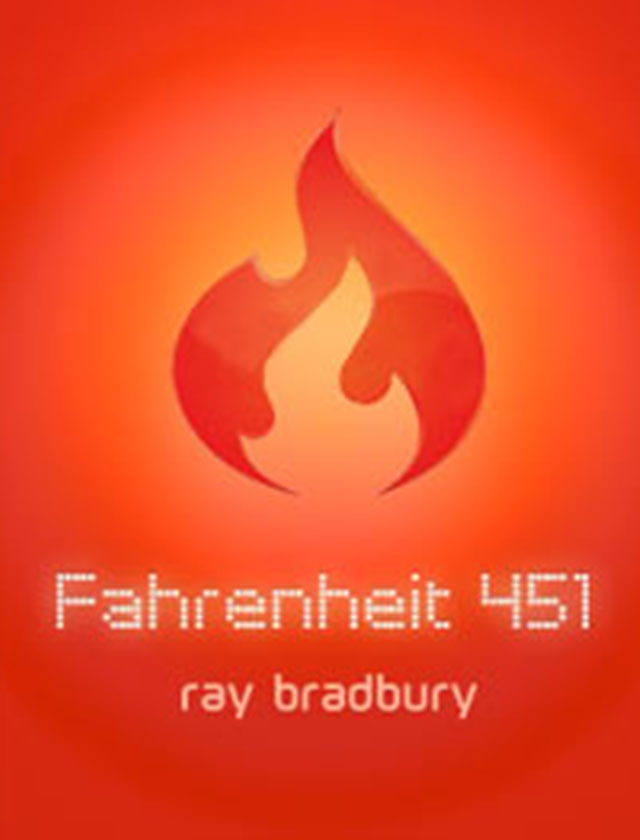Fahrenheit 451
by Ray Bradbury
Story Symbols and Themes
Symbols are the objects, characters, allusions, or other similar elements that are used to represent a specific concept or abstract idea.
The Television
Bradbury's motive for writing the story was to indicate the threat of television. Commonly interpreted as a warning against censorship, Fahrenheit 451 was, in reality, bespoke Bradbury's growing concern of humanity substituting television viewing for involvement in real life. Television, in fact, plays a prominent role in the story, and the more vapid and less human the character, the larger the screen becomes. In Mildred's case, for example, television occupies three entire walls—soon to be a fourth—perhaps indicative of Mildred's growing loss of humanity. Television, in her case, also assumes all sorts of familiar names (such as the "family," uncles, aunts, cousins, nieces, and nephews), signifying, perhaps, the extent to which it had become an intimate part of her life. The "family," in fact, sometimes gratified Mildred by including her first name. It became more real and central to Mildred's life than even her own husband.
In contrast, the screen shrunk in importance in Faber's case; it was shunted behind a picture frame and was the size of a postcard. As Faber explains:
"I always wanted something very small, something I could walk to, something I could blot out with the palm of my hand, if necessary, and nothing that could shout me down, nothing monstrous big" (132-133).
Likewise, in Granger's case, it was called a TV—a simple television. These latter individuals dominated the machine rather than allowing it to dominate them, and accordingly, the machine became known as such—an instrument for their own exploitation, confined to its particular place.
Beetle
The beetle served a similar purpose to the television. Its use was for entertainment and status, and the more vapid the owner, the faster...
Sign up to continue reading Story Symbols and Themes >